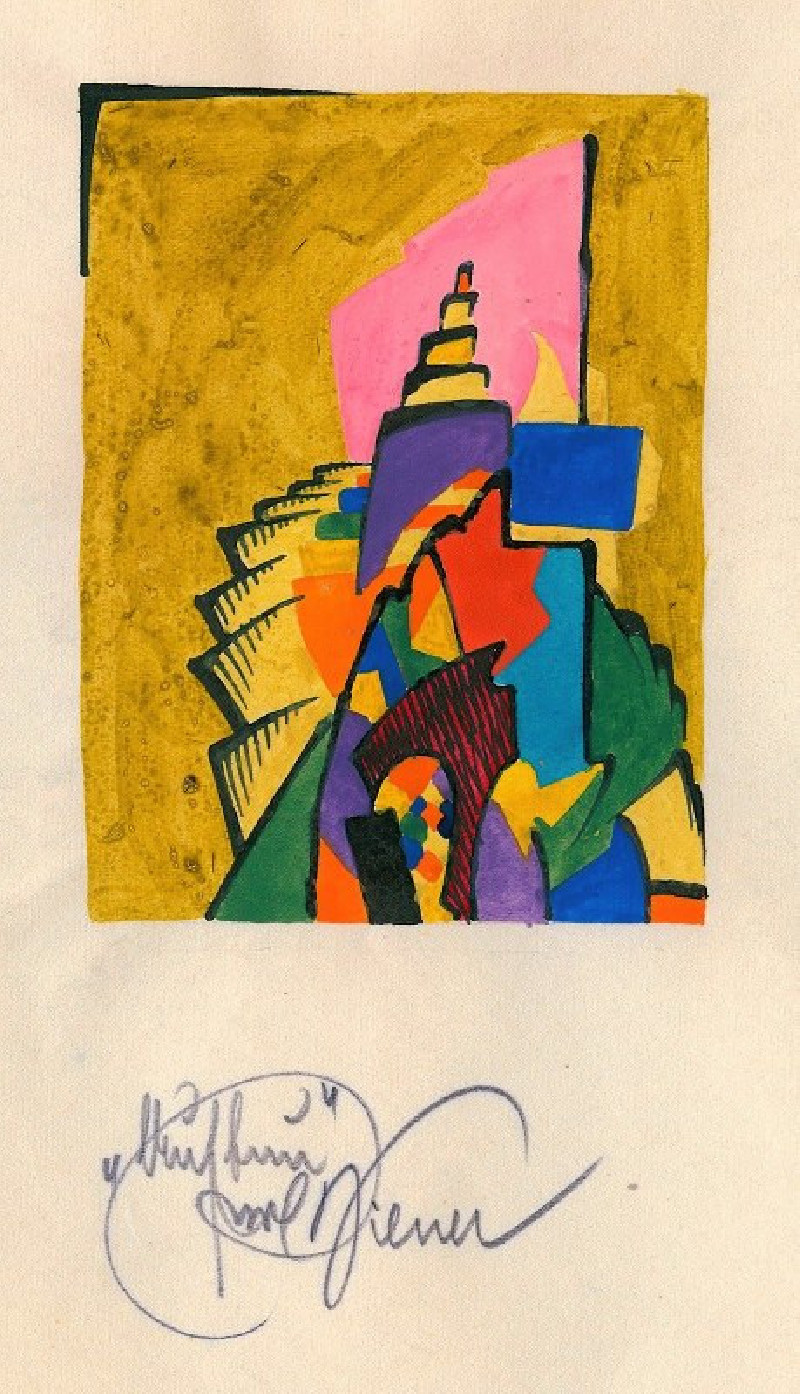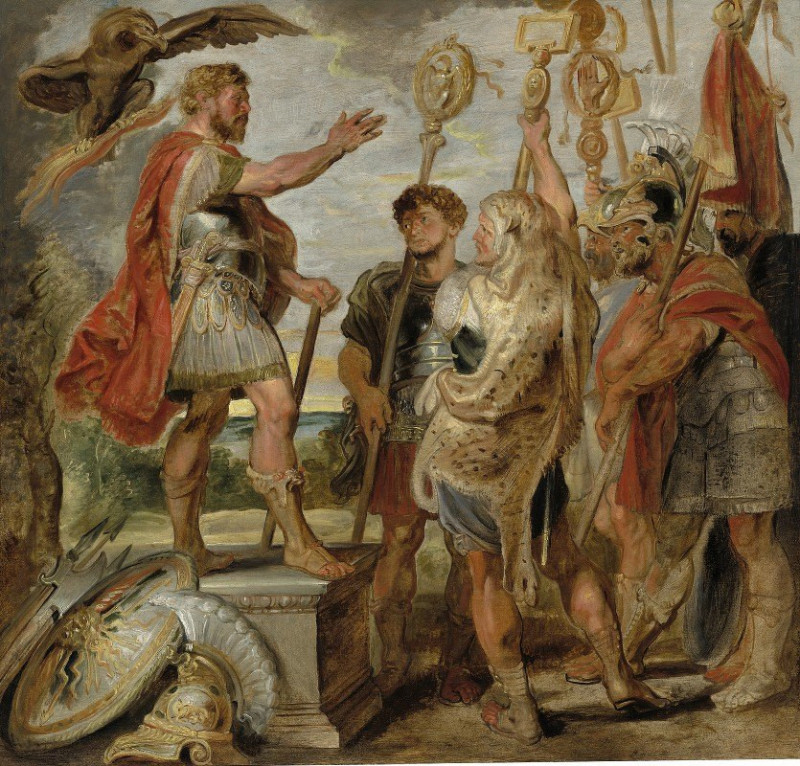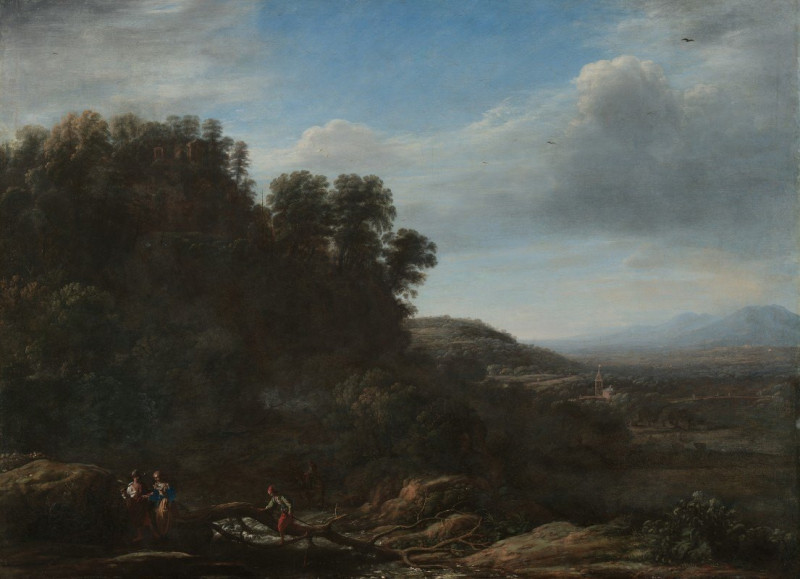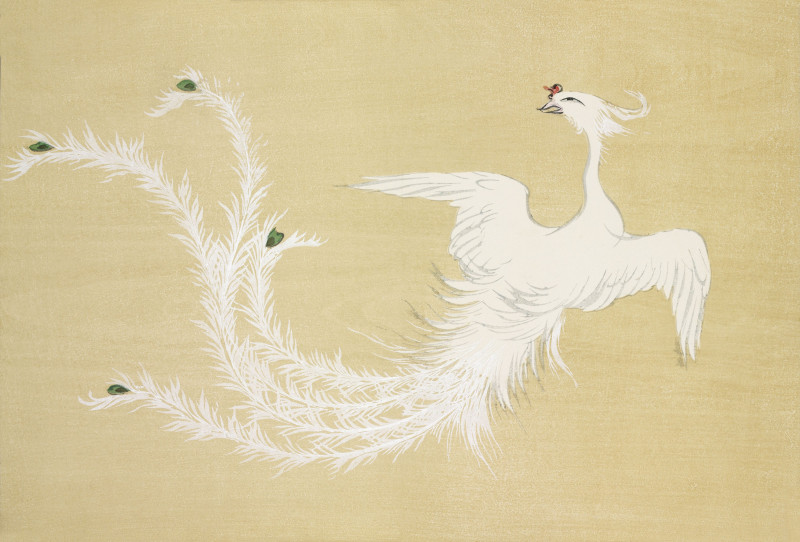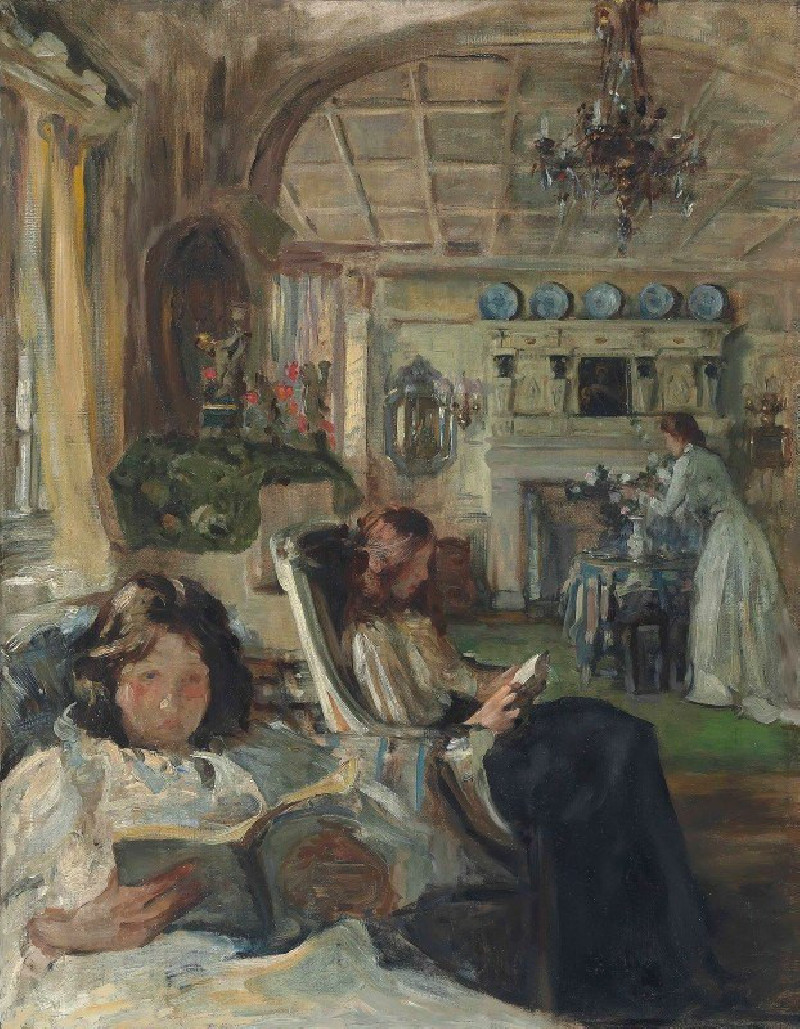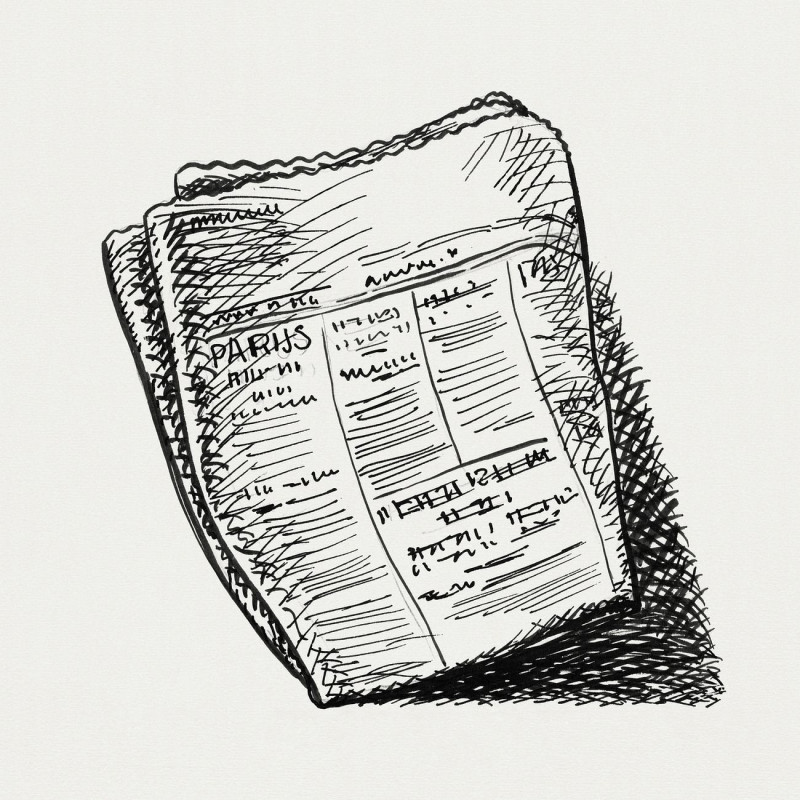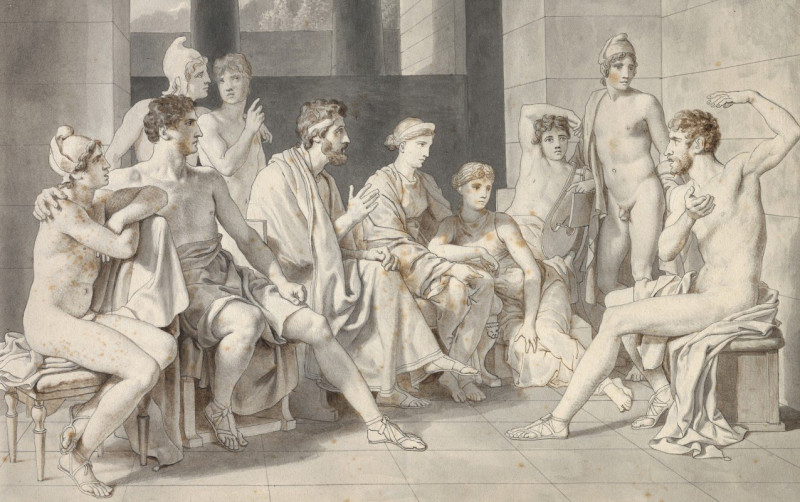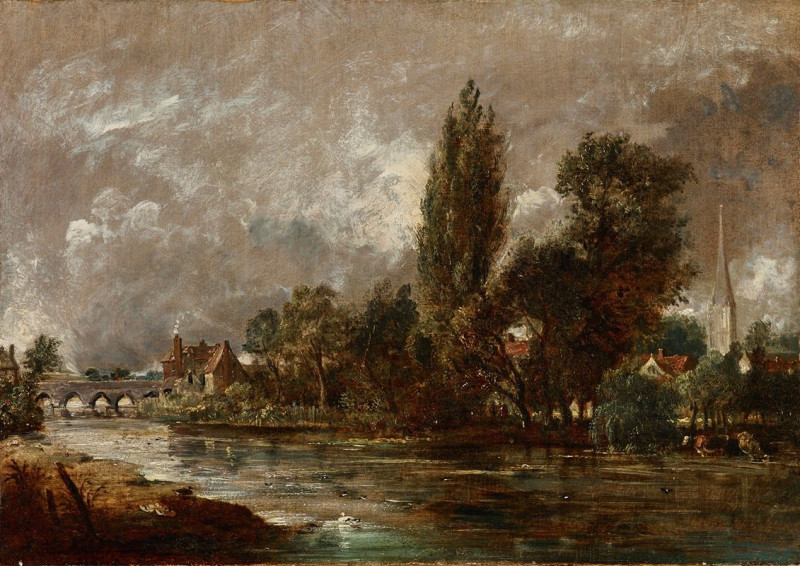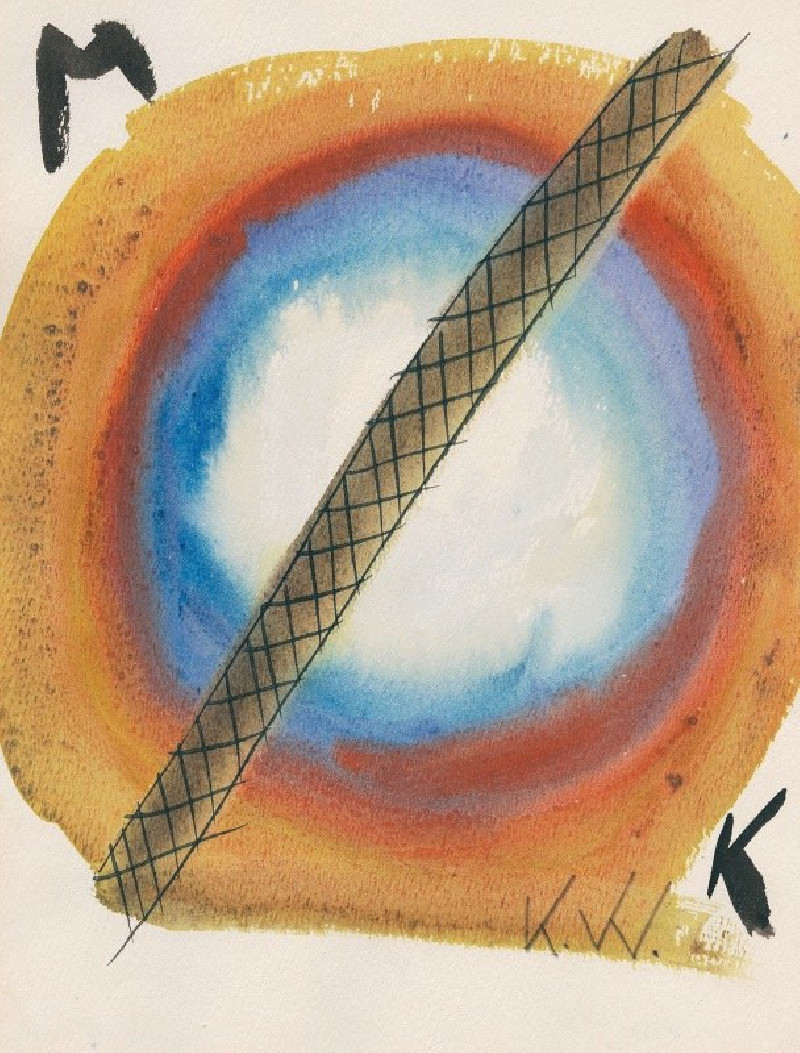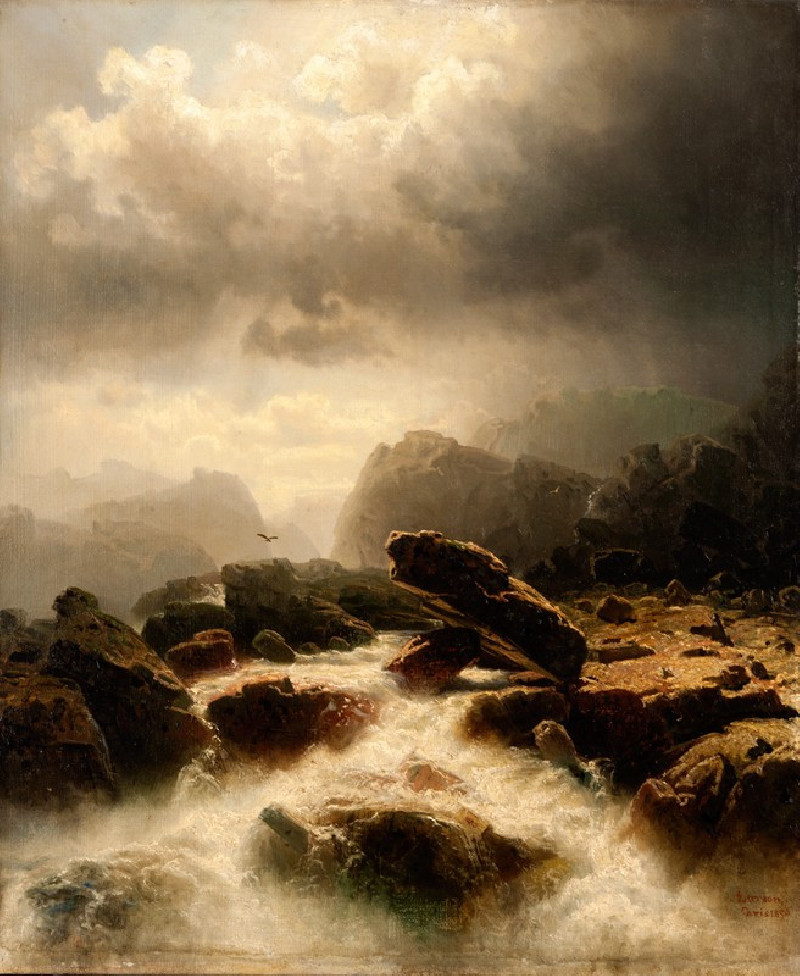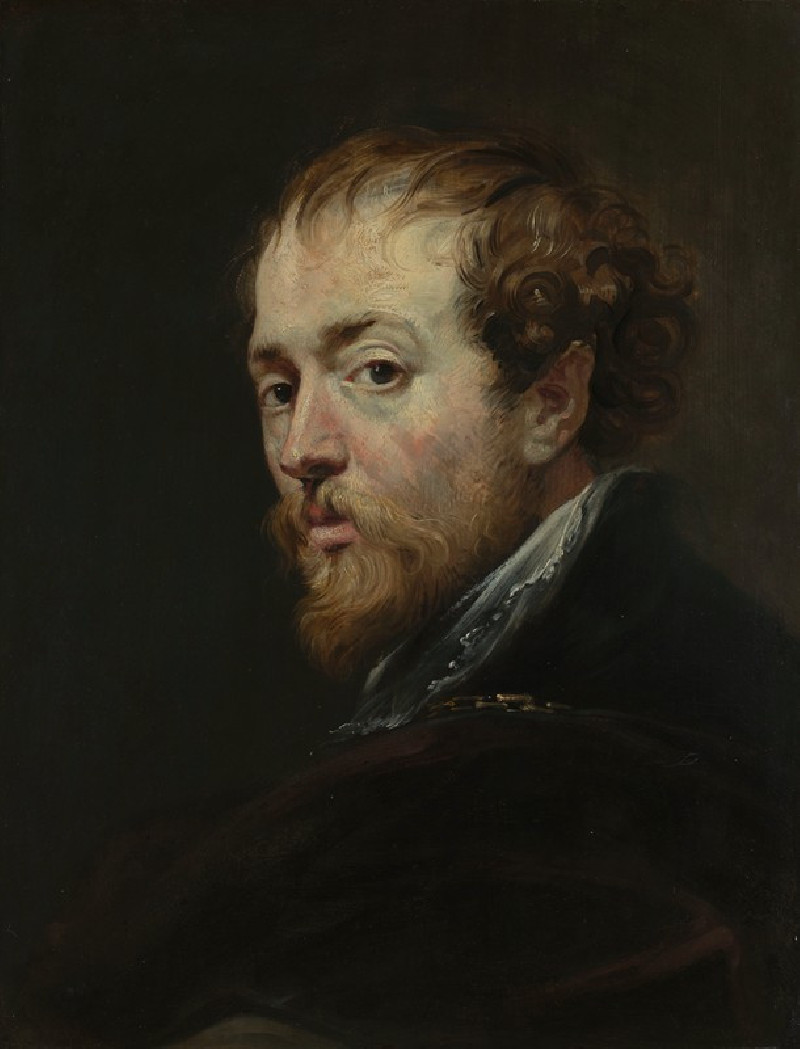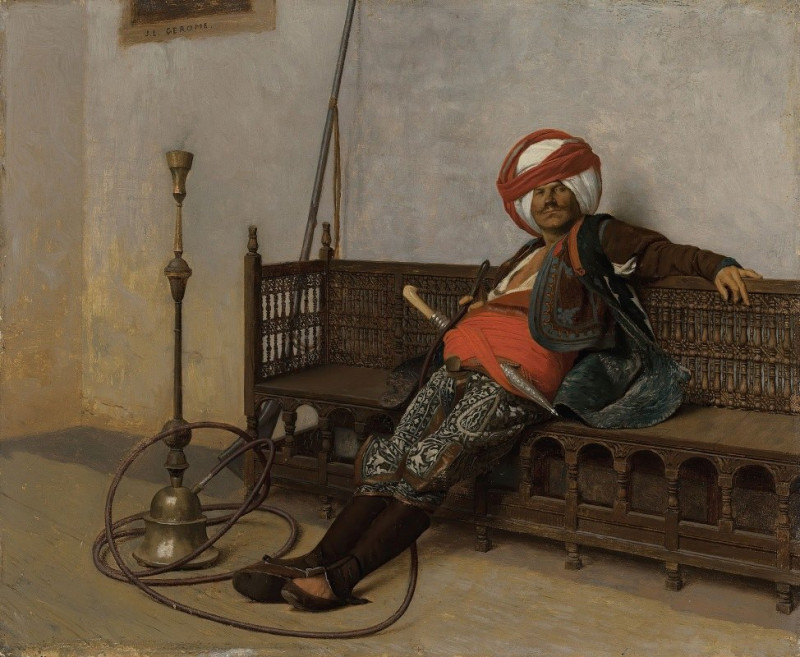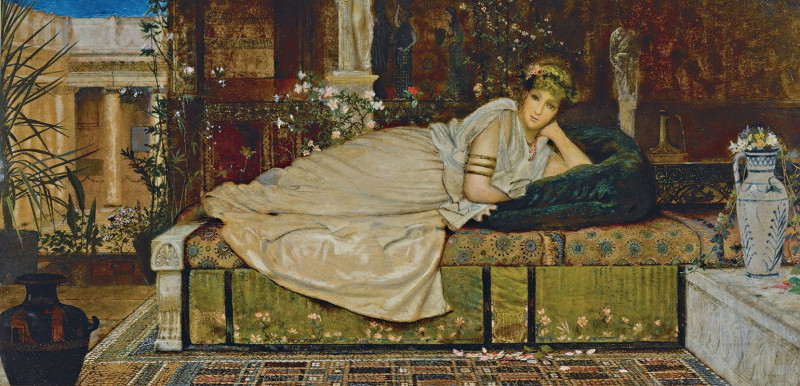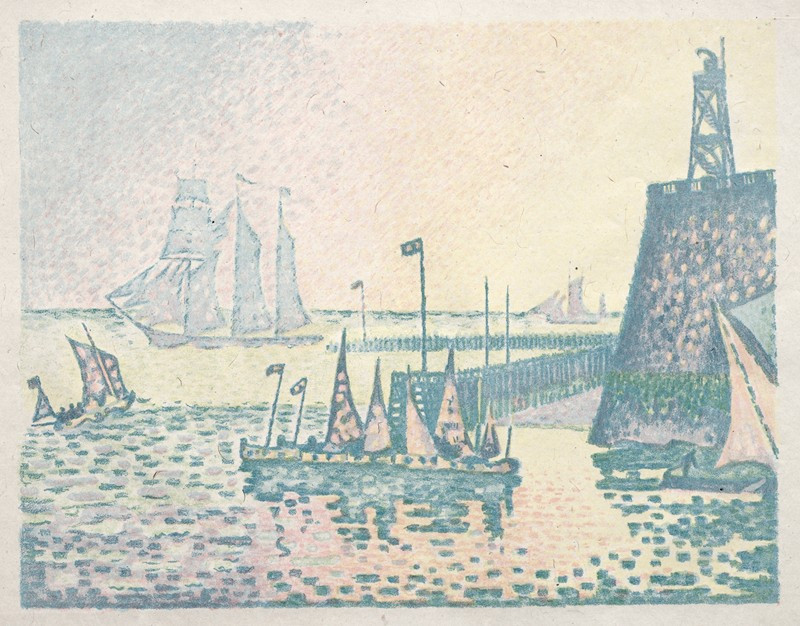Aufbau (around 1923)
Technique: Giclée quality print
Recommended by our customers
More about this artwork
The painting "Aufbau" by Karl Wiener, dating from around 1923, exemplifies the artistic exploration during the early 20th century, particularly within the realms of abstraction and constructivism. This piece draws the viewer’s attention with its compelling use of vibrant colors and bold geometric shapes, presenting a dynamic and almost architectural form.At first glance, the composition may seem chaotic, but a closer observation reveals a structured arrangement that suggests a sense of upward motion and building, which aligns with the title "Aufbau" meaning "construction" or "building up" in German. The varied shapes and forms interlock and overlap, creating a visual depth and complexity that encourages the viewer to unravel its layers.Wiener's palette is rich and colorful, comprising primary colors that punctuate the canvas against a more muted background, highlighting the central structure that dominates the piece. This use of color not only enhances the visual impact of the work but also emphasizes the thematic constructs of growth and renewal, prevalent in post-World War I artistic narratives.

